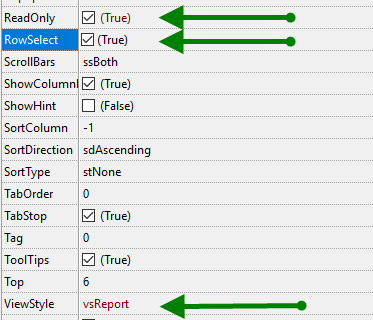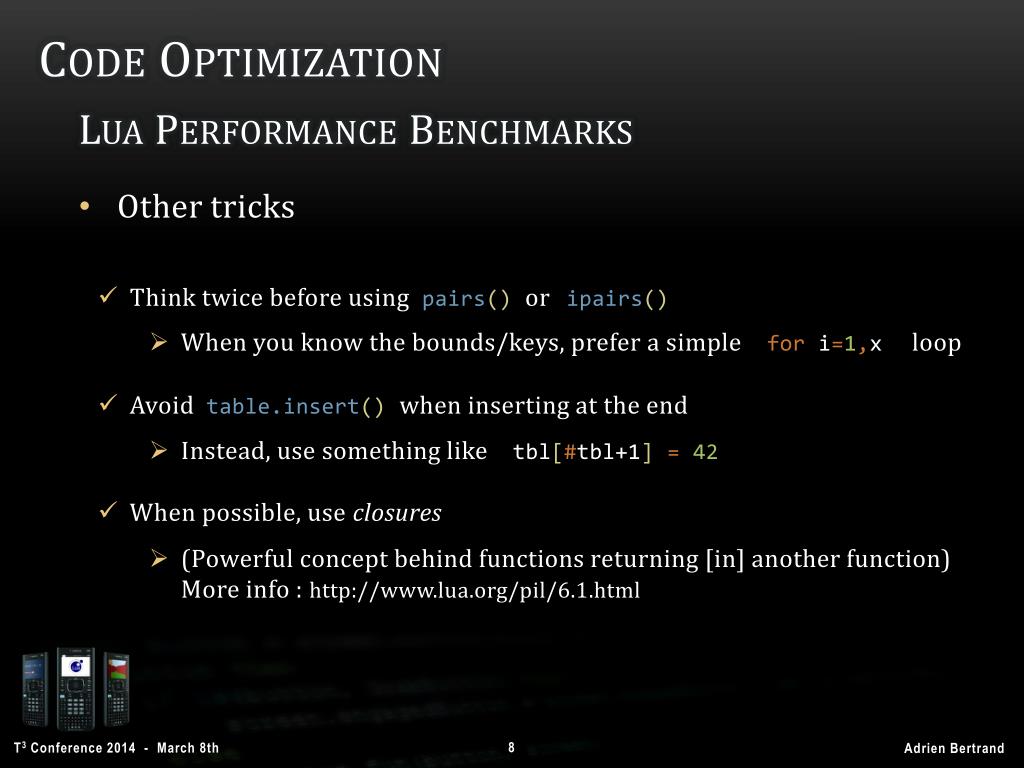

- Lua table insert at a specific index how to#
- Lua table insert at a specific index software#
- Lua table insert at a specific index free#
Hence, we would like to conclude by stating that, the table.insert work embeds a component in a given situation of a cluster, climbing different components to open space. The quantity of components to be moved should fit in a Lua whole number. The objective reach can cover with the source range. Moves components from table a1 to table a2, The default for a2 is a1. In the event that comp isn’t given, at that point the standard Lua administrator is utilized all things being equal. On the off chance that comp is given, at that point it should be a capacity that gets two components and returns genuine when the main component should precede the second in the last request (so not comp will be valid after the sort). Sorts components of cluster t in a provided request, from t to t. The file pos can likewise be 0 when #t is 0 or #t+1 in those cases, the capacity eradicates the component t. At the point when pos is a whole number among 1 and #t, it shifts down the components and eradicates component t. Eliminates from cluster t the component at position pos, restoring the estimation of the eliminated component. The discretionary pos esteem defaults to #t+1, implying that worth is embedded toward the finish of cluster t except if in any case determined. This is like table.foreach() then again, actually file esteem sets are passed, not key-esteem sets.Īdds the offered some benefit to the furthest limit of cluster t. Repeats over the gave table, passing the key and estimation of every cycle over to the gave work. On the off chance that I is more prominent than j, restores the vacant string.

The default an incentive for sep is an unfilled string, the default for I is 1, and the default for j is #t. Given an exhibit where all components are strings or numbers, restores the string. For these capacities, the “length” of a table method the consequence of the length administrator. Most capacities in the table library accept that the table addresses a cluster or a rundown. The size of a table might be client determined and not mirror the quantity of components. At the point when no position is indicated the component is embedded toward the finish of the table as per the determined size. At the point when a table has a component embedded both the size of the table and the component lists are refreshed.

On the off chance that no position is determined we add the incentive to the furthest limit of the table.

On the off chance that a position is given supplement the incentive before the component right now at that position. Addition a given an incentive into a table. The sort capacities sort the components in a table one after another in order. We regularly need to sort a table in a specific request. When there is no reference to a table, at that point trash assortment in Lua deals with tidying up cycle to make these referenced memories to be reused once more. At the point when a is set to nil, table will be as yet open to b. No different memory is apportioned independently for b. Print("Next to last element is",fruits)Īt the point when we have a table a with set of components and on the off chance that we relegate it to b, both a and b allude to a similar memory. Print("Max number of elements in the table are",table.maxn(fruits))
Lua table insert at a specific index how to#
Now we see example on how to insert table in Lua: garbage collection How to Insert Table in Lua?
Lua table insert at a specific index software#
Web development, programming languages, Software testing & others
Lua table insert at a specific index free#
Start Your Free Software Development Course


 0 kommentar(er)
0 kommentar(er)
